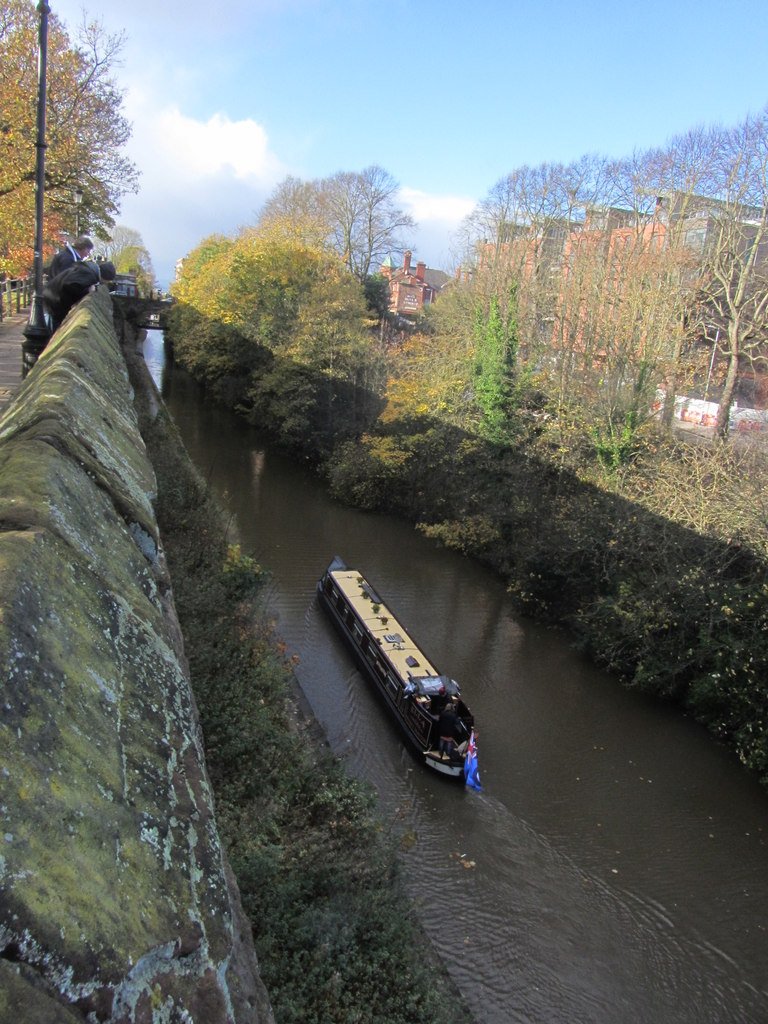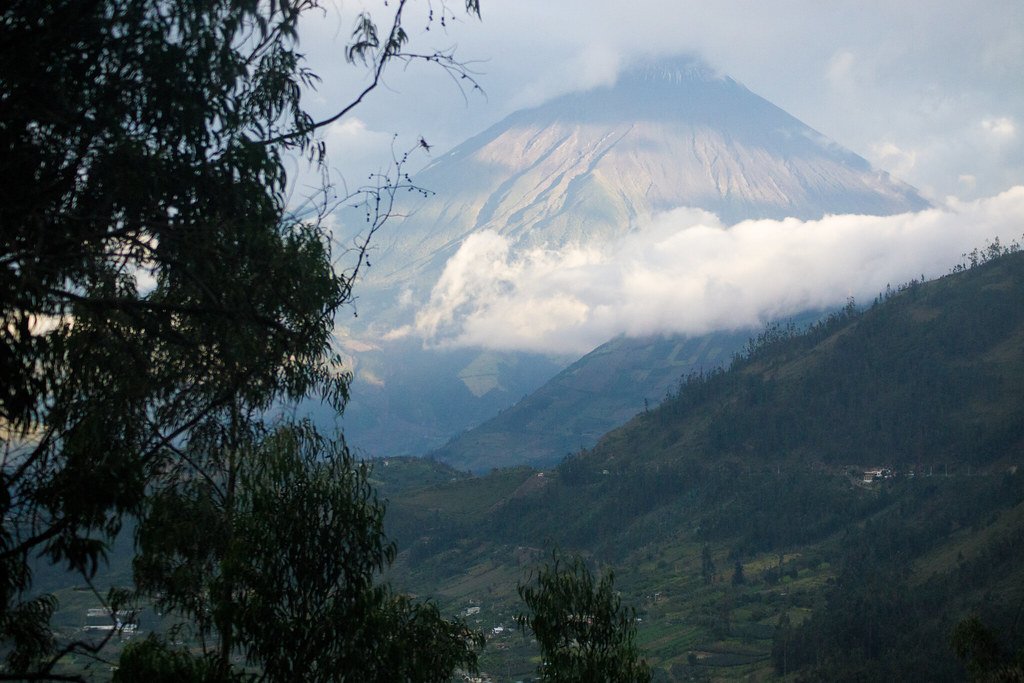Have you ever stood in the blistering heat of the Arizona desert, squinting at the endless skyline, and wondered how a city as vibrant as Phoenix could have possibly thrived here? Beneath the city’s busy highways and sprawling neighborhoods lies a mystery as old as time—a network of ancient canals, carved by hands long forgotten, that once transformed this arid wasteland into an oasis. These lost waterways were the beating heart of an ancient civilization, and their legacy still pulses through Phoenix’s veins today, shaping everything from its neighborhoods to its very survival. As you walk the city’s streets, you’re unknowingly tracing the footsteps of ingenious engineers who, centuries ago, turned dust into life. Their story is one of innovation, resilience, and a remarkable connection to the land—a story that might just change the way you see the city forever.
The Hohokam: Masters of the Desert

Long before Phoenix became a bustling metropolis, the Hohokam people thrived in the Salt River Valley. These ingenious desert dwellers arrived nearly 2,000 years ago, and they quickly learned the harsh realities of living where rain was a rare luxury. Determined not to let the unforgiving climate defeat them, the Hohokam developed a sophisticated system of irrigation canals that remains one of the most impressive feats of ancient engineering in North America. Their society flourished for centuries, supporting tens of thousands of people and transforming the desert landscape into lush fields and thriving villages. The echoes of their achievements still whisper through the city, a testament to their enduring ingenuity and determination.
Carving Waterways in Sand and Stone
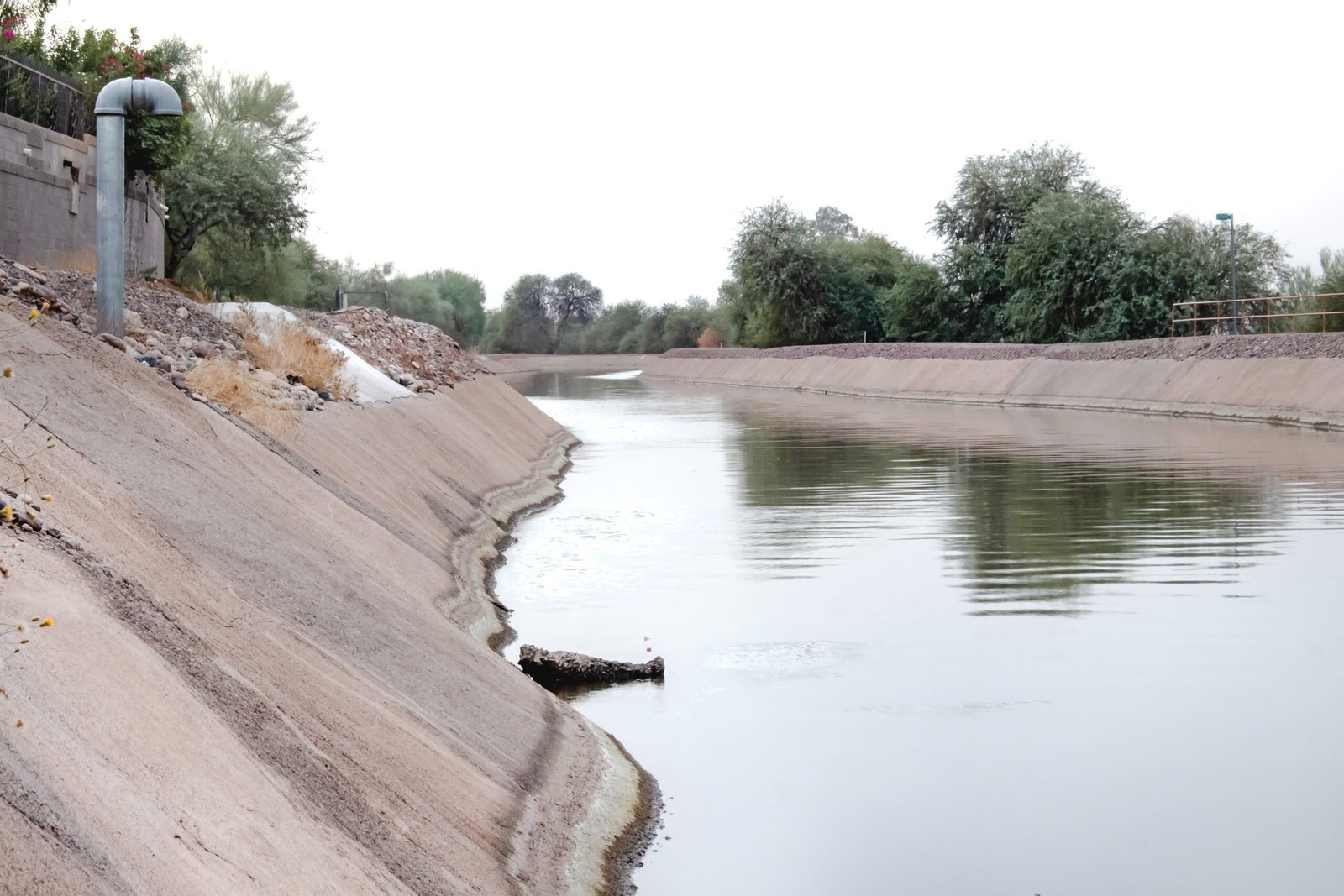
Imagine the challenge: channeling water across miles of parched earth, with nothing but stone tools and sheer willpower. The Hohokam met this challenge head-on, painstakingly digging hundreds of miles of canals by hand, shaping the land to their needs. These canals snaked through the valley, diverting precious water from the Salt and Gila Rivers to their crops. The scale of their work is staggering—some canals were over 10 miles long and up to 60 feet wide, rivaling the size of modern urban waterways. It’s hard not to be awed by their determination and resourcefulness, especially when you consider the sweltering heat and relentless sun they endured.
The Lifeblood of an Ancient Civilization
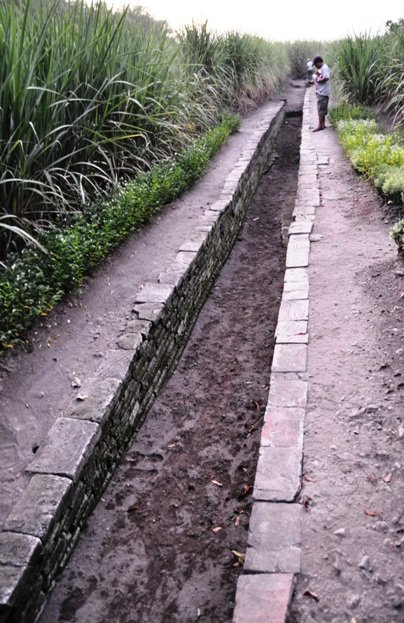
The canals didn’t just bring water—they brought life. Corn, beans, squash, and cotton flourished along their banks, and the abundance of food allowed the Hohokam to grow and prosper. These irrigation systems supported bustling communities, vibrant markets, and complex social networks. Water became the common thread that tied together every aspect of Hohokam society, from daily chores to spiritual rituals. In a way, the canals were more than just engineering marvels—they were the heartbeat of a civilization, pulsing with hope and possibility.
Engineering Genius: Precision and Sustainability

What set the Hohokam canals apart wasn’t just their size, but their precision. These engineers understood the subtle art of gradients, ensuring canals sloped just enough to keep water flowing steadily—too steep, and the water would rush away; too flat, and it would stagnate. They also built check dams and diversion channels to manage floods and droughts. Their approach was both scientific and sustainable, using natural contours and minimizing environmental damage. Even today, scientists marvel at how the Hohokam maintained these systems for centuries without modern tools or machinery.
The Mysterious Disappearance of the Hohokam
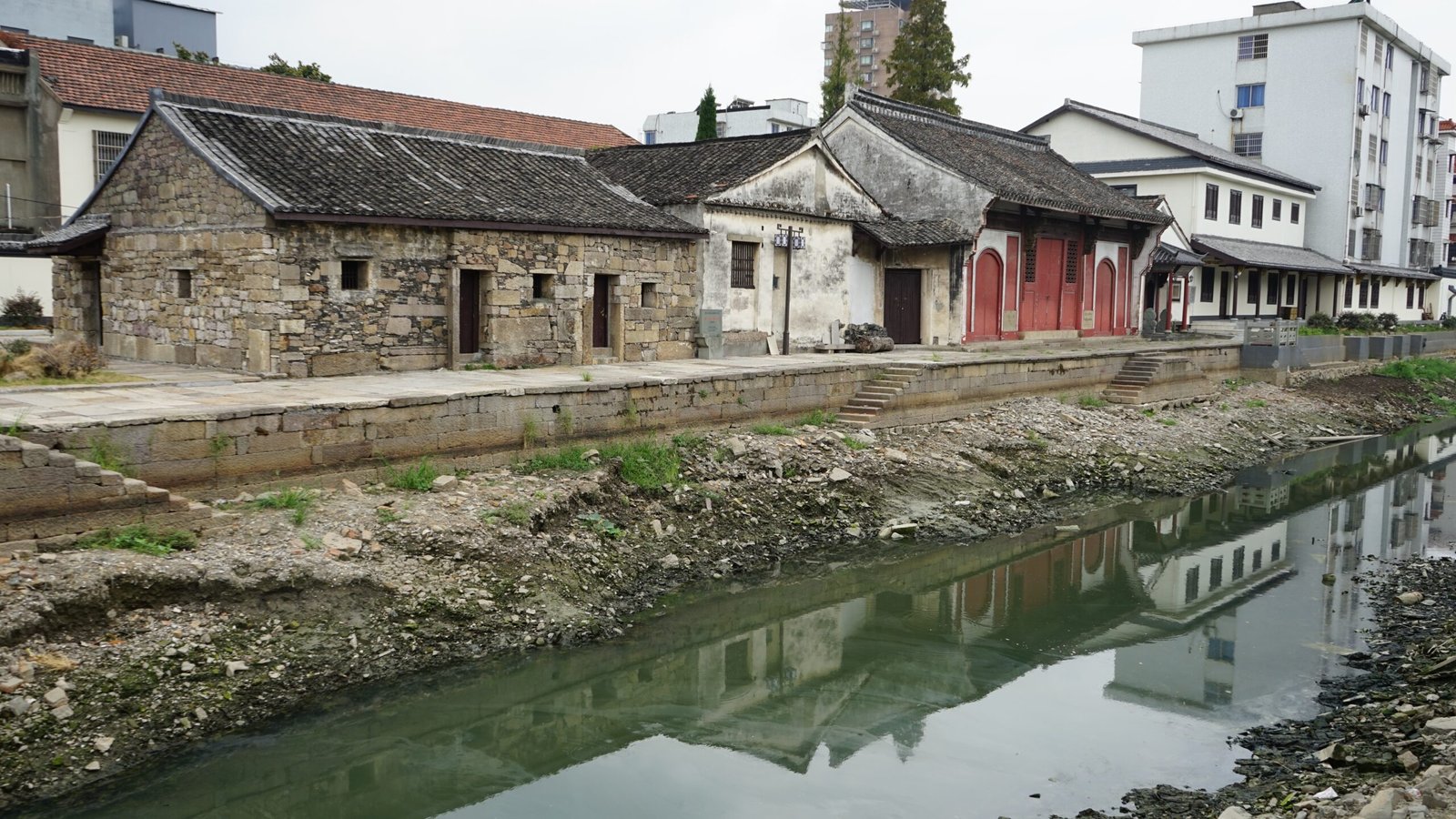
By the early 1400s, the Hohokam civilization began to unravel. Archaeologists still debate the reasons—was it prolonged drought, resource depletion, social upheaval, or a combination of catastrophes? What is certain is that the great canal networks fell silent, and villages were slowly reclaimed by sand and time. The empty canals became ghostly scars on the landscape, reminders of a once-mighty people who vanished into history. Yet, even as their civilization faded, the legacy of their engineering endured, waiting to be rediscovered.
Rediscovery in the Age of Expansion

Centuries later, settlers arriving in the Salt River Valley stumbled upon the remnants of these ancient canals. In the late 1800s, as Phoenix was beginning to take shape, pioneers realized the genius of the Hohokam design. They rebuilt and expanded upon these ancient waterways, using them as blueprints for modern irrigation systems. Without the Hohokam’s groundwork, the growth of Phoenix would have been impossible. It’s a striking example of how the past can literally shape the future, and how ancient wisdom can guide modern progress.
From Ancient Ditches to Modern Canals
Today’s canals in Phoenix might look modern, lined with concrete and patrolled by maintenance crews, but their routes often trace the very paths laid out by the Hohokam. The Salt River Project (SRP), which manages much of the city’s water infrastructure, owes its existence to these ancient networks. Modern engineers have built upon the foundations left by their predecessors, enhancing them with pumps, locks, and reservoirs. Yet, at their core, these canals are a living connection to the people who first imagined water flowing where none should exist.
Shaping the City’s Growth and Identity
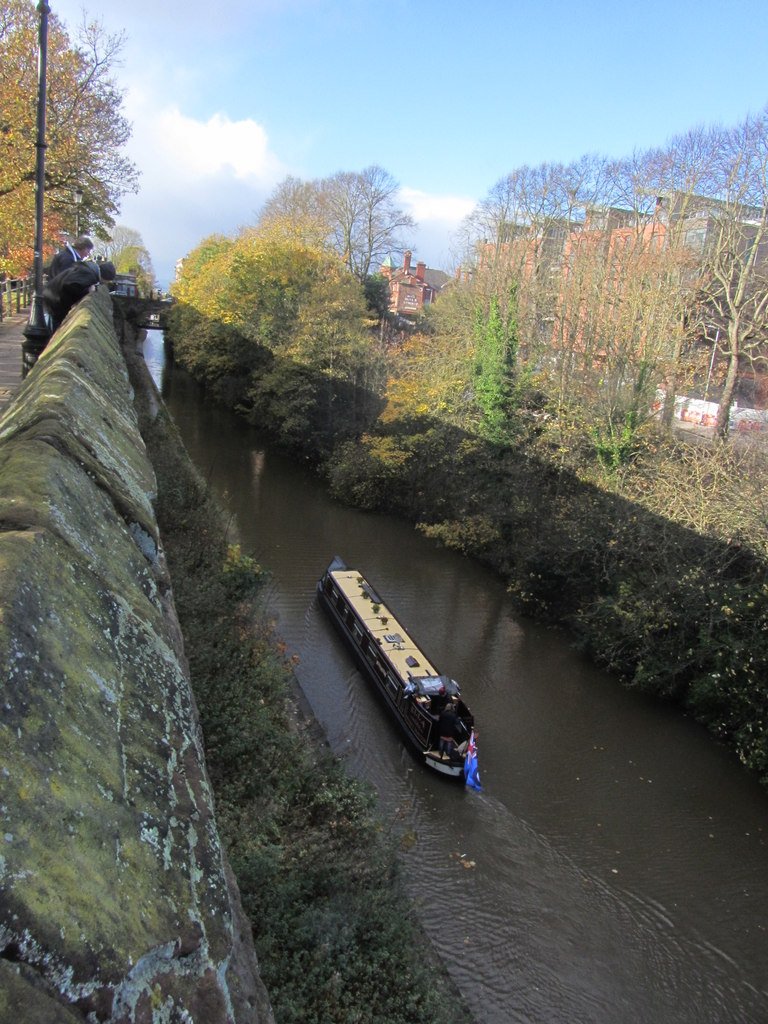
The influence of the canals extends far beyond irrigation. Neighborhoods, roads, and even street names in Phoenix echo their presence. Many parks and greenbelts hug the edges of old canal paths, while popular hiking and biking trails trace their winding routes. Phoenix’s urban sprawl and agricultural abundance would never have been possible without the vision of the Hohokam. The city’s very identity—its resilience, its ability to thrive in the desert—flows directly from these ancient waterways.
Water as Power: The Politics of Control
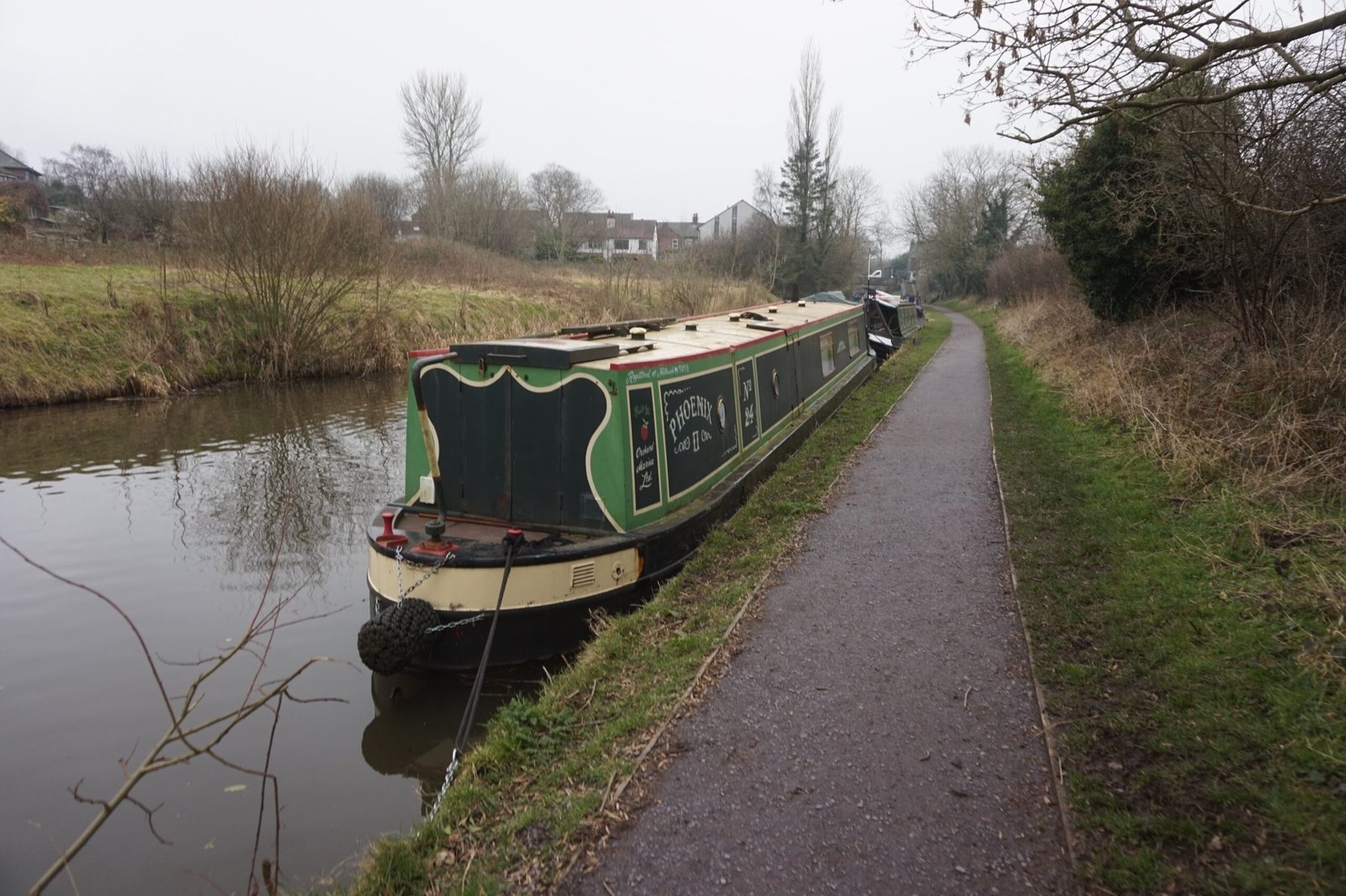
Water in the desert is more precious than gold, and whoever controls it holds tremendous power. The Hohokam understood this, using communal labor and shared responsibility to maintain their canals. In modern times, water rights and management remain hotly contested topics in the Phoenix area. The legacy of ancient canal building shapes today’s debates over sustainability, access, and resource distribution. It’s a reminder that, in the desert, water is never just a utility—it’s a source of life, conflict, and community.
Ecological Impacts: Then and Now
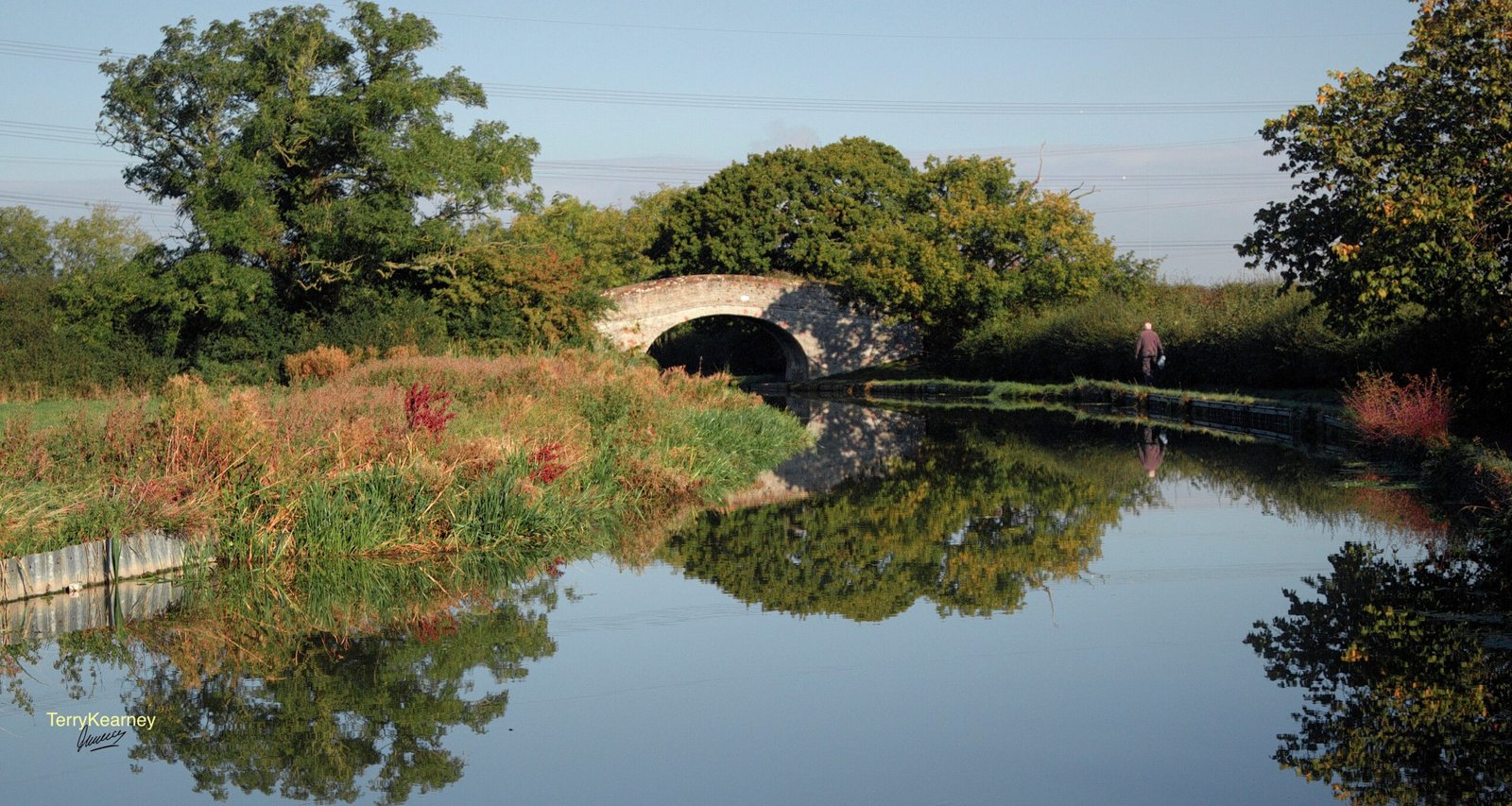
The introduction of canals radically changed the local ecosystem. The Hohokam’s irrigation supported a diverse range of plants and animals, creating microhabitats along the canal banks. Today, Phoenix’s canals continue to attract wildlife, from migratory birds to urban coyotes. But the transformation hasn’t always been positive—introduced species, pollution, and water diversion have taken their toll. Balancing the needs of people and nature remains one of the city’s greatest challenges, echoing problems faced by ancient engineers.
Canal Culture: Art, Recreation, and Community
Canals aren’t just for water—they’re woven into the cultural fabric of Phoenix. Murals, sculptures, and community events celebrate the history and beauty of these waterways. Locals jog, cycle, and stroll along canal-side trails, finding peace and inspiration where ancient water once flowed. The canals have become gathering places, connecting neighborhoods and generations in unexpected ways. They’re a living reminder of how infrastructure can nurture not just bodies, but souls.
Lessons in Sustainability
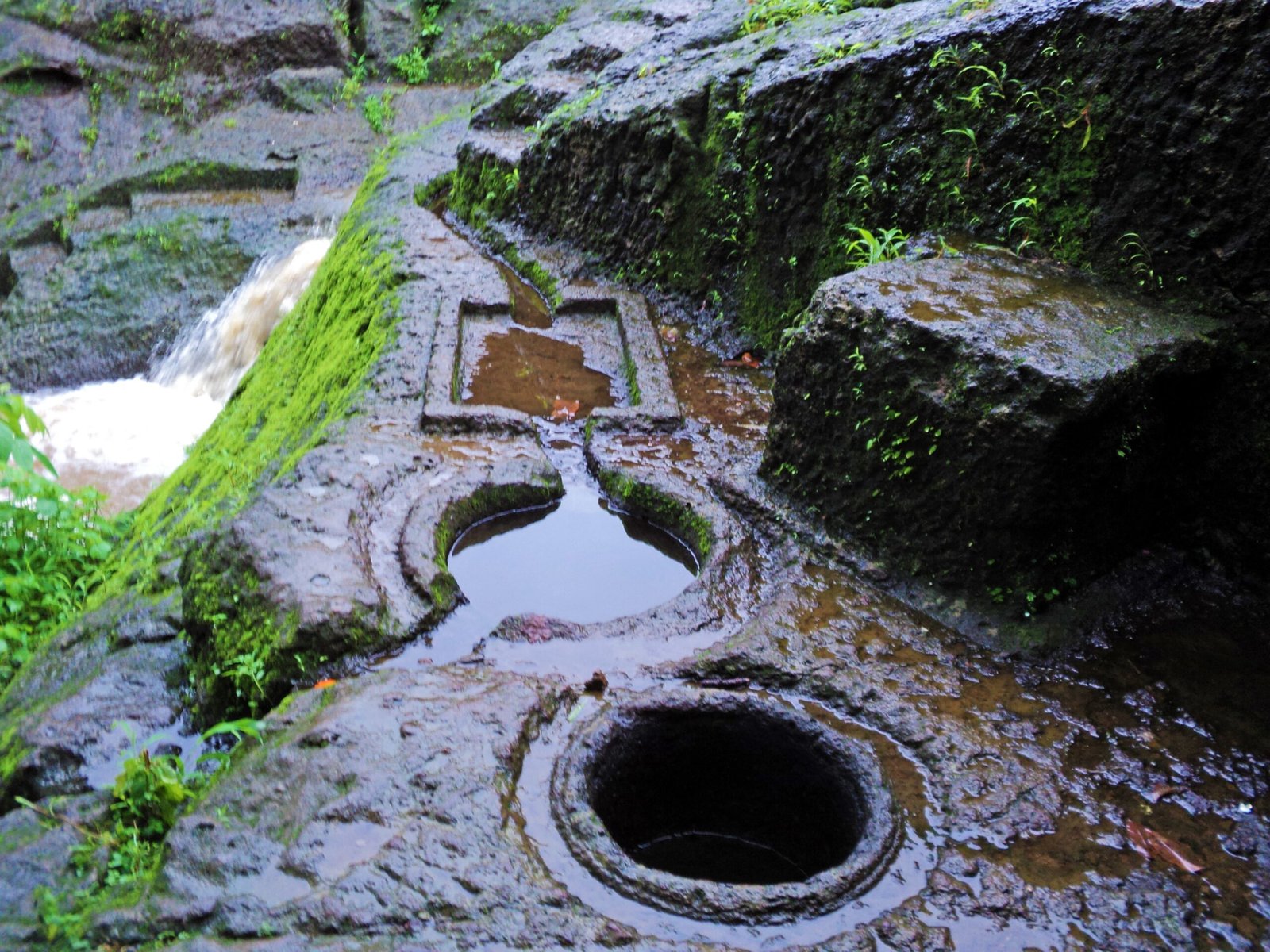
Perhaps the most important lesson from the Hohokam is their commitment to sustainability. They understood that working with the land, rather than against it, was key to survival. Their careful management of water resources, communal decision-making, and adaptive technologies offer valuable insights for modern cities facing climate change and water scarcity. As Phoenix grapples with historic droughts and rising temperatures, the wisdom of these ancient engineers feels more relevant than ever.
Modern Innovations Inspired by the Past
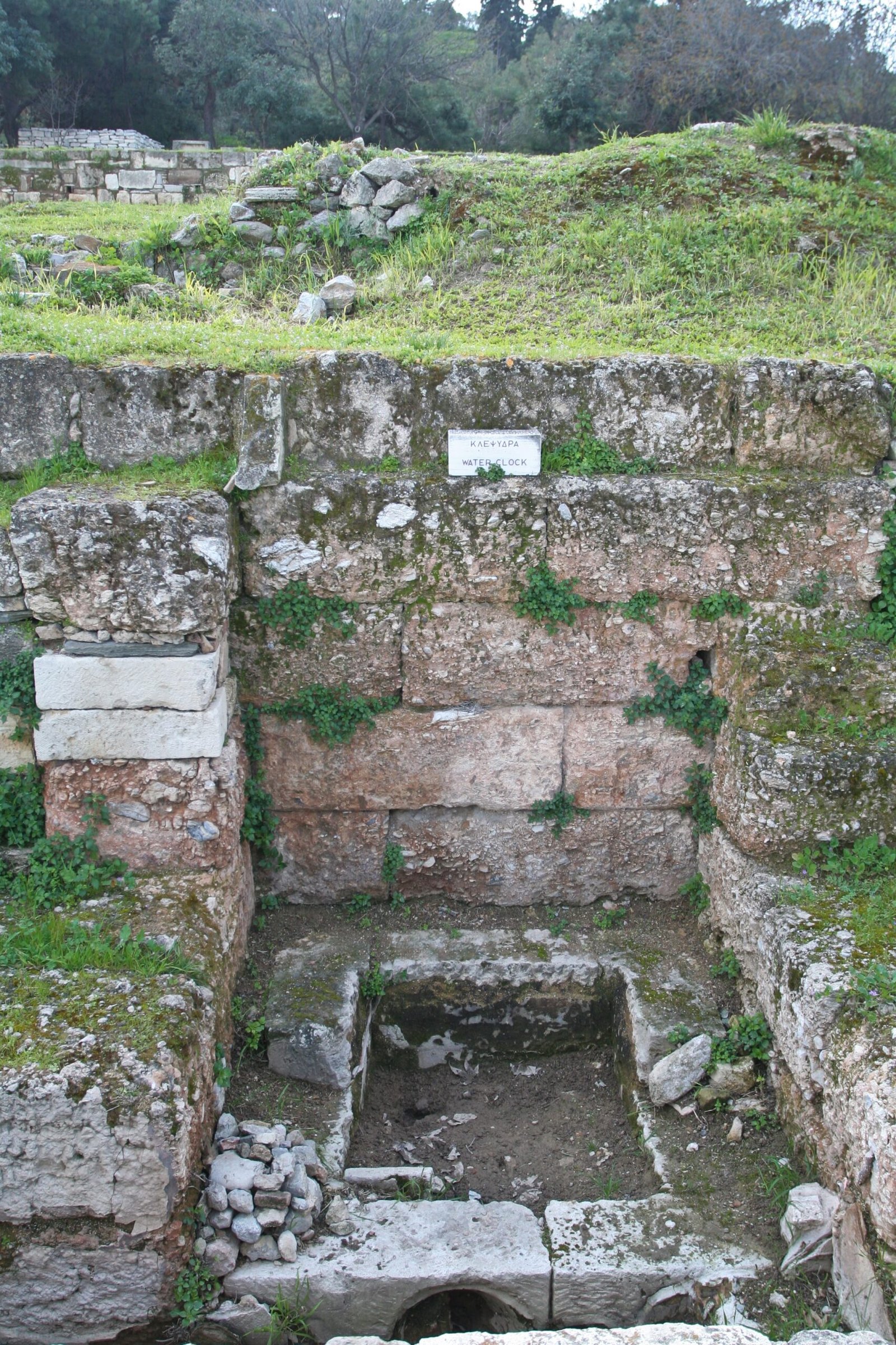
Today’s water managers look to the ancient canals for inspiration. Technologies like drip irrigation, rainwater harvesting, and smart water grids all echo the principles of efficiency and stewardship pioneered by the Hohokam. Researchers at Arizona State University and other institutions study ancient canal layouts to improve modern design. The past isn’t just a memory—it’s a blueprint for innovation, showing that sometimes the answers to our biggest challenges are hiding in plain sight.
Facing the Future: Drought, Growth, and Uncertainty
Phoenix stands at a crossroads, with its future tied to the same questions that faced the Hohokam: How do we balance growth with sustainability? How do we ensure enough water for everyone in an age of shrinking rivers and rising demand? The city’s population continues to soar, putting unprecedented pressure on its water systems. The story of the lost canals is both a cautionary tale and a source of hope, urging us to learn from the past as we chart a course forward.
Community Efforts and Citizen Science
Ordinary people play a vital role in protecting and restoring Phoenix’s waterways. Volunteer groups organize clean-ups, plant native vegetation, and monitor water quality along the canals. Local schools teach students about the history and science of irrigation, fostering a new generation of water stewards. Citizen science projects invite everyone to be part of the solution, turning ancient infrastructure into a living classroom. It’s a powerful reminder that the legacy of the Hohokam belongs to all who call the desert home.
The Hidden Canals Beneath the City
Some of the Hohokam’s original canals still lie buried beneath modern streets, their courses marked only by subtle dips in the landscape or the odd patch of lush vegetation. Archaeologists continue to unearth new sections, piecing together the vast puzzle of ancient Phoenix. Each discovery sheds light on forgotten techniques and lost knowledge, revealing just how much the city owes to its earliest engineers. These hidden canals are silent witnesses to centuries of change, waiting for their stories to be told.
The Science Behind Ancient Irrigation
Understanding the science of the Hohokam canals means delving into hydrology, geology, and even climate studies. Researchers use satellite imagery, ground-penetrating radar, and soil analysis to map ancient canal routes and reconstruct their impact. They study sediment layers to track flood events and drought cycles, unraveling the environmental challenges the Hohokam faced. This scientific detective work deepens our appreciation for the complexity and resilience of ancient societies, bridging the gap between past and present.
Personal Reflections: Walking the Canal Paths
There’s something profoundly moving about tracing the footsteps of those who came before. Walking along a Phoenix canal at sunrise, you might catch the glint of water, hear the laughter of children playing, or notice a heron fishing in the shallows. It’s easy to imagine the Hohokam tending their fields or gathering for festivals, linked across centuries by the endless flow of water. These moments of connection remind us that history isn’t just something we read about—it’s something we live, every day.
A Lasting Legacy in the Heart of the Desert
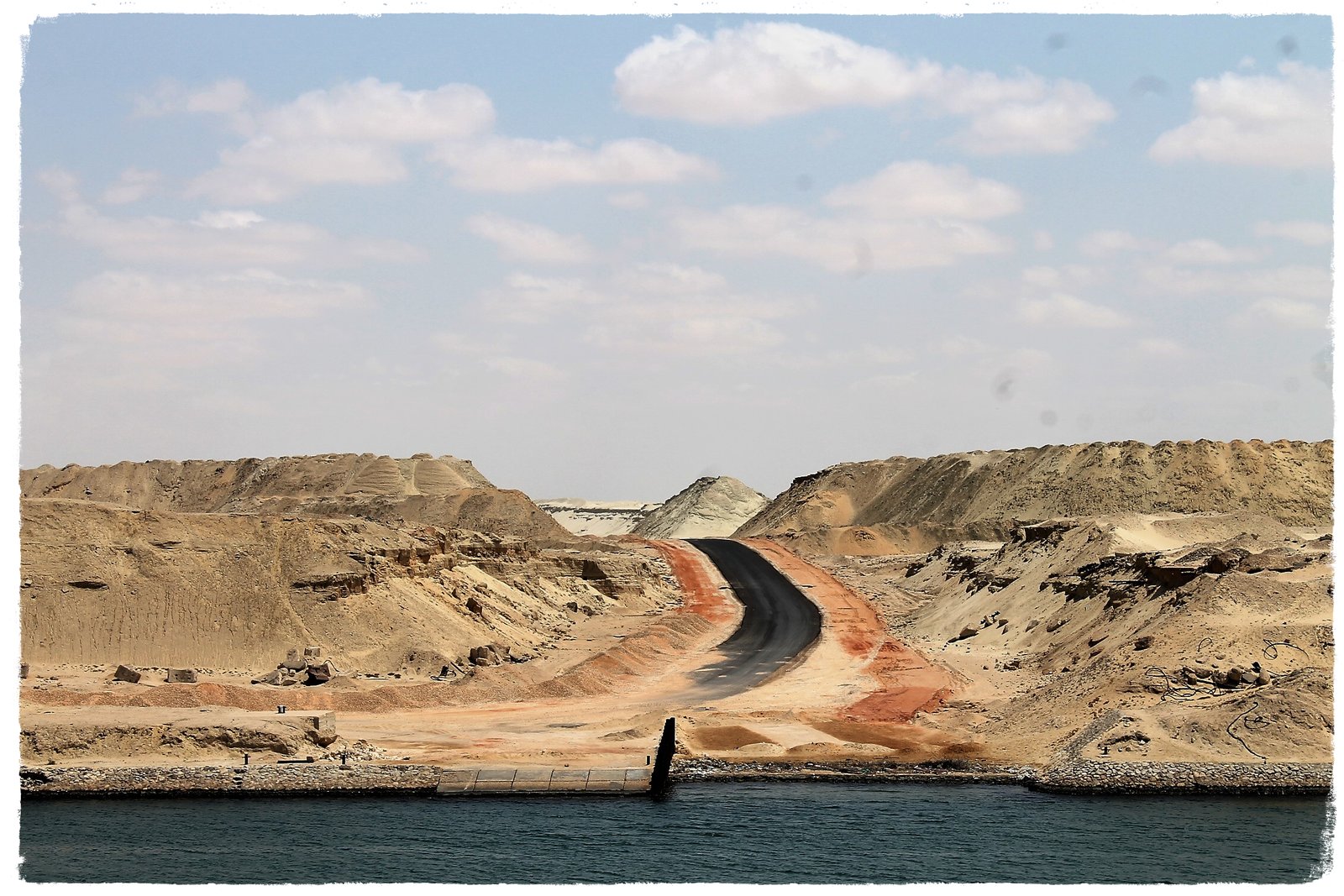
The story of Phoenix and its lost canals is a tale of ingenuity, survival, and the unbreakable bond between people and place. It’s a reminder that the solutions to our greatest challenges often lie in the wisdom of those who came before us. The ancient engineers of the Salt River Valley didn’t just shape their world—they laid the foundation for ours. As you stand in the shadow of skyscrapers or wander a quiet canal path, remember the hands that carved life from stone and sand. What other secrets might the desert still hold, waiting to shape our future?

